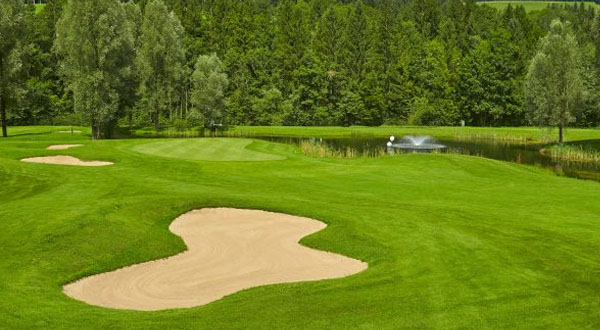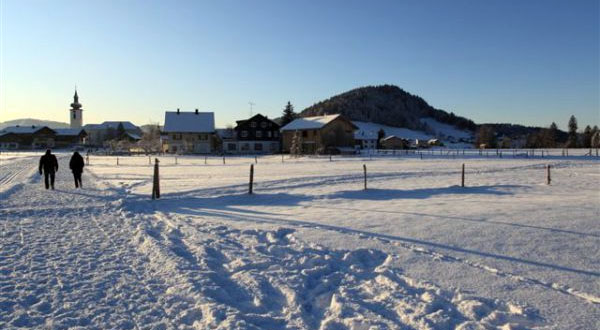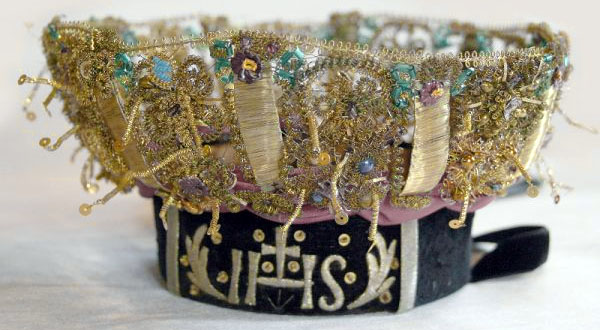And what are the pillars for? To get attention. They want to offer the guests a bit of additional entertainment along the way, preferably unobtrusively, but with depth – and they refer to the magnificent exhibits along the way, mostly Bregenzerwald houses with an impressive timber construction tradition. Or the new architectural jewels, which some visitors ask with astonishment who built them here.
Actually, the pillars should answer such questions. But then they wouldn’t be Bregenzerwald pillars who, like everyone else here, answer a question with a counter-question. This will become clear to you at the latest when you see the light.
To do this, you have to press the column. Not the whole thing, just a little button on her side. If you look into a small glass peephole at the top, a light suddenly goes on and a drawing and a short text in German and English appear. And this text asks a question about the object in front of the pillar.
That’s not a problem if you have the right “Umgang Bregenzerwald” folder with you. In it you can read the answer to the question in the pillar and other interesting details about the house or whatever you are looking at.
The pillar serves as a kind of boring bar in the tradition of framing in this region. What people have created here, from the landscape through the three-stage agriculture to the farms, houses, furniture and tools to the traditional costumes and songs, is put in the right light on the paths by the pillars and in the folders by the texts. By a finger pressure of the viewer.
The columns were designed by the Bregenzerwald architect Georg Bechter. A separate working group, in association with sponsoring members, handled the project “Umgang Bregenzerwald”. And so everyone can now set out to find out how people deal with nature, with wood or steel, with stone or cloth, with talent or cheese, with fish or meat. So far there have been twelve paths through thirteen villages.
 The guests should also learn about the linguistic creative power of the forests. That is why there is also a separate book on how to deal with it, in which you can read about all sorts of interactions: with one’s own childhood, with music, with pets, with nature, with architecture, with handicrafts, with women, with pubs, inns and hotels, and with hopes , wishes and dreams.
The guests should also learn about the linguistic creative power of the forests. That is why there is also a separate book on how to deal with it, in which you can read about all sorts of interactions: with one’s own childhood, with music, with pets, with nature, with architecture, with handicrafts, with women, with pubs, inns and hotels, and with hopes , wishes and dreams.
Quelle Bregenzerwald Reisemagazin 2015

 The guests should also learn about the linguistic creative power of the forests. That is why there is also a separate book on how to deal with it, in which you can read about all sorts of interactions: with one’s own childhood, with music, with pets, with nature, with architecture, with handicrafts, with women, with pubs, inns and hotels, and with hopes , wishes and dreams.
The guests should also learn about the linguistic creative power of the forests. That is why there is also a separate book on how to deal with it, in which you can read about all sorts of interactions: with one’s own childhood, with music, with pets, with nature, with architecture, with handicrafts, with women, with pubs, inns and hotels, and with hopes , wishes and dreams.


